Quinoa Pizza Bites
Quinoa has become quite the craze! It has become one of the most popular Superfoods in the US in the last 10 years! However, a lot of people still do not know much about it. Here is some info about Quinoa from quinoa.net…
“It is called quinoa (pronounced keen-wa), and is a seed that comes from the Andes Mountains of South America. Quinoa’s origins are truly ancient. It was one of the three staple foods along with corn and potatoes, of the Inca civilization. Quinoa was known then, and still is known, with respect, as the mother grain. We call it the ‘Supergrain of the Future.’
Quinoa contains more protein than any other grain; an average of 16.2 percent, compared with 7.5 percent for rice, 9.9 percent for millet, and 14 percent for wheat. Some varieties of quinoa are more than 20 percent protein.
Quinoa’s protein is of an unusually high quality. It is a complete protein, with an essential amino acid balance close to the ideal … similar to milk!
Quinoa’s protein is high in lysine, methionine and cystine. This makes it an excellent food to combine with and boost the protein value of other grains (which are low in lysine), or soy (which is low in methionine and cystine).
And here are 10 things you may not know about quinoa:
Quinoa is a versatile, protein-filled superfood. While similar staples like bulgur and barley tend to be relegated to health food aisles and your hippie aunt’s vegetarian casserole, quinoa is a crowd-pleaser with enormous global appeal.
Here’s the truth about quinoa…
1. Though it is often called a whole grain, quinoa isn’t a grain at all. True grains like wheat and maize are derived from grasses, whereas quinoa is part of a protein-rich plant family that includes fellow iron maidens like spinach and beets.
2. A superfood in more ways than one, quinoa can grow in diverse climates and terrains, including areas with minimal irrigation and fertilization, or as little as three to four inches of annual rainfall.
3. Andean peoples in Ecuador, Peru, Colombia and Bolivia first cultivated quinoa some 7,000 years ago. Contemporary consumers such as the United States, the United Kingdom and Japan developed our voracious appetites for the stuff within only the past decade.
4. In the 1500s, using the peerless logic of colonialism, Spanish conquistadors deemed quinoa unholy due to its elevated status in indigenous cultures, and even prohibited native peoples from cultivating it. But, ultimately, no one puts quinoa in the corner.
5. Twenty years ago, NASA researchers declared quinoa the perfect inflight snack for astronauts on long-term missions because it is mineral-rich, gluten-free and contains all essential amino acids.
6. In January 2013, UK newspaper The Guardian ran a provocative piece about how quinoa’s rising popularity worldwide has rendered it too expensive for the Bolivian farmers who knew it back when it had braces and a bowl cut. No small amount of controversy about food miles, ethical consumption and sustainability ensued. While farmers in Oregon and Colorado look to grow the stuff stateside, other analysts argue that quinoa’s rising prices can be good for indigenous smallholder farmers who can profit from their crop’s success. Long story short? Food politics are complicated. All things in moderation.
7. There are over 120 different identified varieties of quinoa, but the most commonly cultivated and exported are white, red and black. Quinoa is also commercially available ground into flours or, most recently, compressed into flakes. Similar to quick-cooking oats, quinoa flakes are formed by steam-rolling the groat, or whole kernel, until it is flat and flaky. Throw some flakes in boiling water, and they are ready to eat in under two minutes.
8. The United Nations named 2013 The International Year of Quinoa, citing how its endurance and durability as a crop contributes to world food security. Naturally, this rekindled the sustainability debate amongst agricultural analysts, and Bolivian president Evo Morales even got in on the action. (Again: moderation is key.)
9. While we norteamericanos typically use quinoa as a rice substitute, locals in cities like Bogota and La Paz drink the stuff. Chicha is a traditional Andean beer brewed from indigenous crops like corn and – you guessed it – quinoa.
10. The quinoa crop protects itself from predators with a waxy, bitter-tasting coat of saponins, an organic chemical compound that gets rinsed away during cultivation. Resourceful Andean families would traditionally save this saponin-heavy wash water to use as shampoo. Waste not want not.
www.FoodRepublic.com
Here is a fun recipe to take advantage of the great nutritional benefits from quinoa- Quinoa Pizza Bites. A great appetizer, side, or meal! I found this recipe from Chocolate Covered Katie: The Healthy Dessert Blog.
-2 Cups COOKED Quinoa (See box or package for cooking instructions)
-2 Cups canned (or cooked) Pinto Beans
-1 Cup Tomato Paste
-1 TBS and 1 tsp Dry Basil
-1 tsp Onion Powder
-1 tsp Garlic, minced (about 3-4 large cloves)
-1 tsp Salt
-2 tsp sugar
-Mozzarella Cheese (Deli slices or block best, You will use about 1/4 of a slice per bite or a small square from the block to fit inside the bite)
Optional: Add small pieces of pepperoni slices or fresh veggies inside the bites to make a variety of flavors! You can even dip in marinara sauce!
Makes approx 20 large bites
Preheat the oven to 350. Place a piece of foil onto a cookie sheet. Begin by cooking the quinoa, following the cooking instructions on the package. In a medium size bowl, mash the beans completely. Add the rest of the ingredients besides the cheese. Once quinoa cools, add to the mix and stir. Use a small cookie scoop to make the bottom scoop on the prepared cookie sheet. Add 1/4 of a slice of mozzarella cheese, fold it and push into the ball. Place another scoop of the mix on top of the cheese and mold around to form a ball. Cook for 30 minutes. After 15 minutes, flip the bites so that the bottom sides get cooked. If you want the bites to be a little crispy, put on broil for a minute or two before taking them out of the oven.
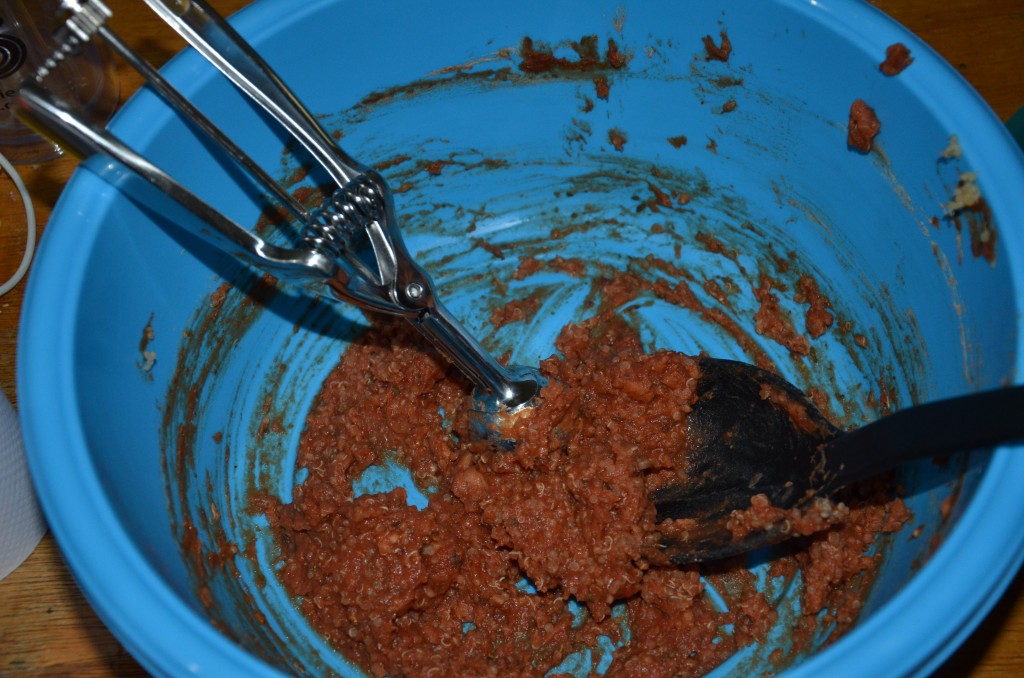
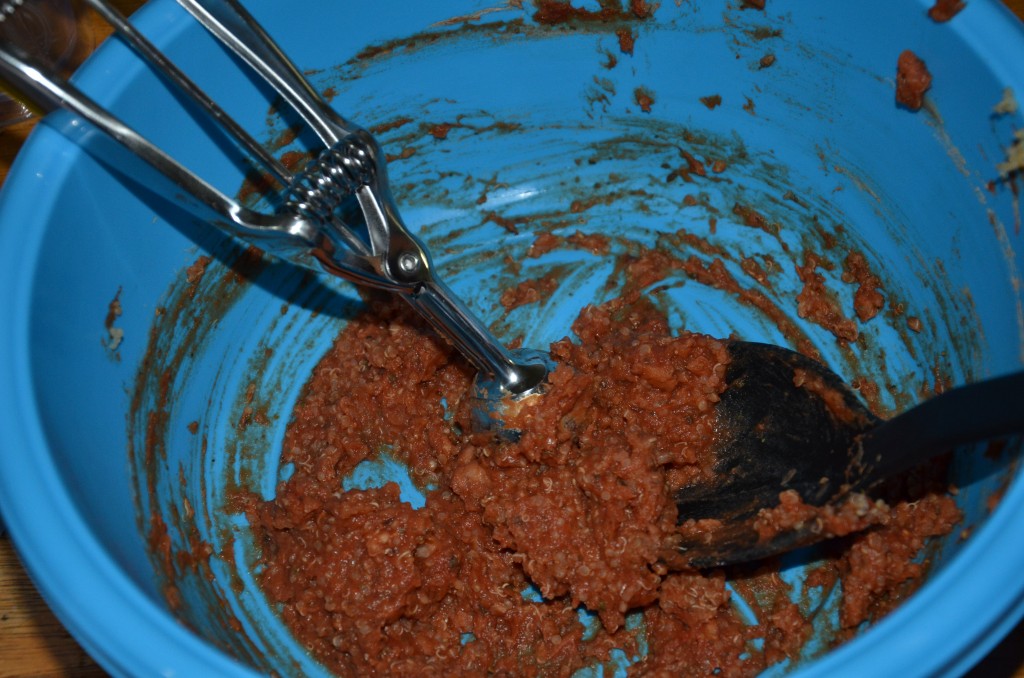
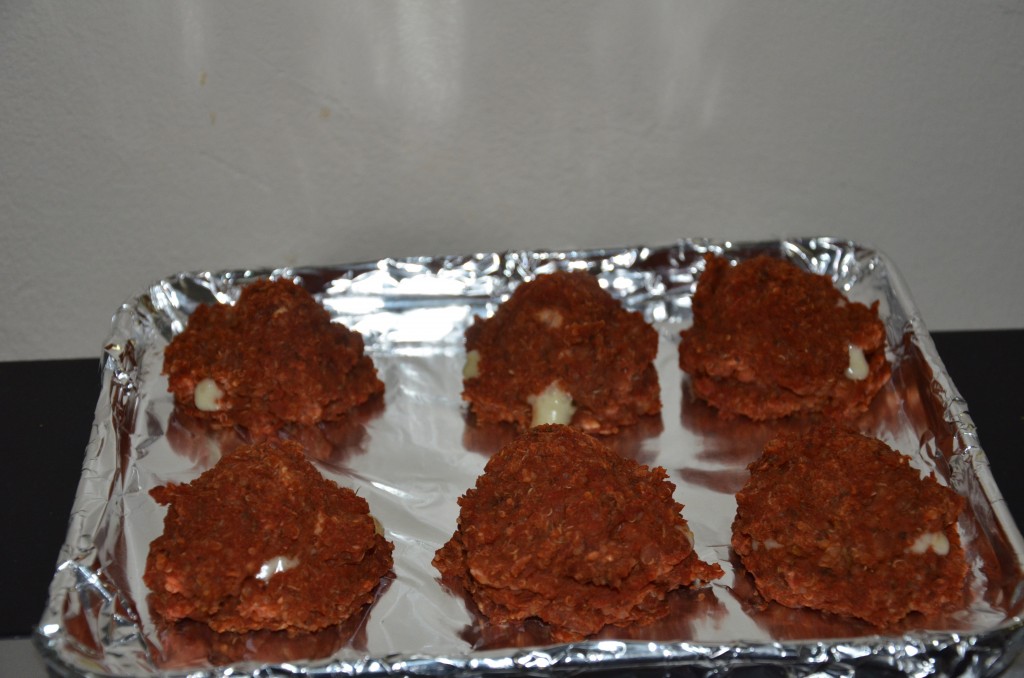 They are so delicious and I will definitely be making them again!
They are so delicious and I will definitely be making them again!
What are your favorite meals with Quinoa? Please share! 🙂
Resources:
http://www.quinoa.net
http://www.foodrepublic.com/2013/08/20/10-things-you-didnt-know-about-quinoa
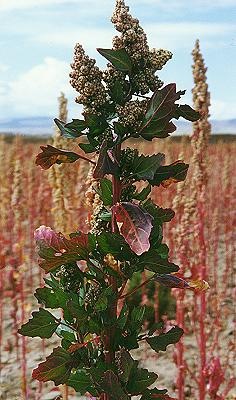
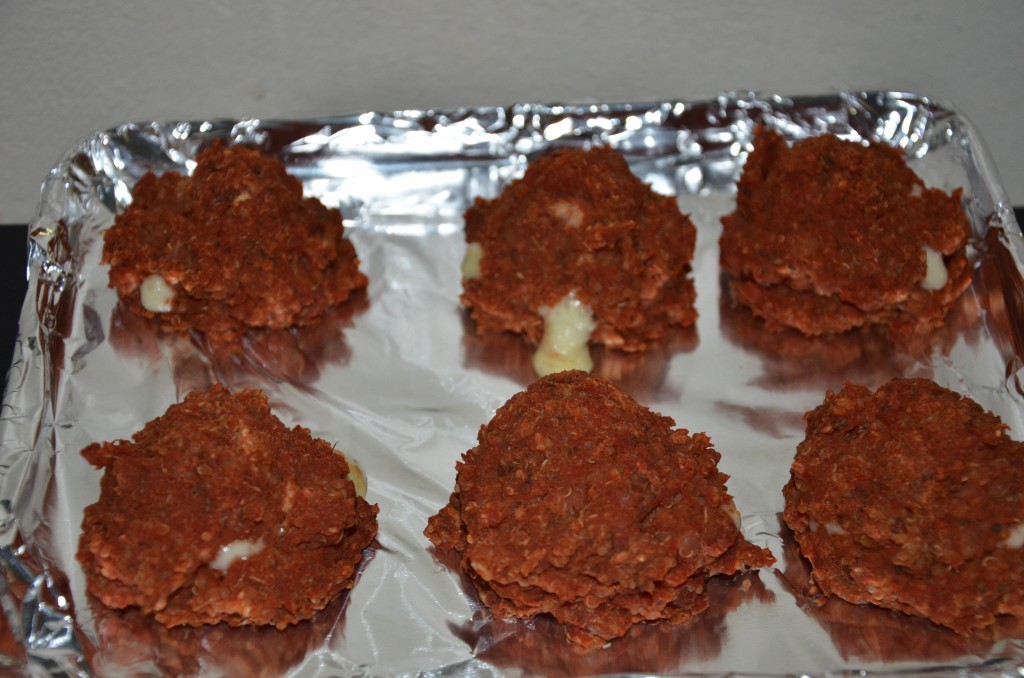


These look tasty and healthy! Thanks for the recipe! I will try it with my daughter.